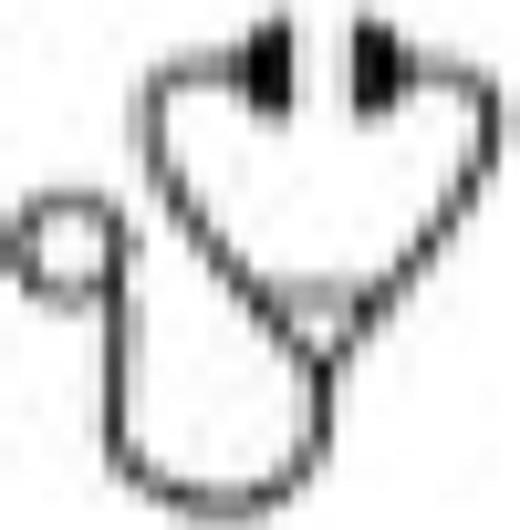Abstract

Rivaroxaban is an ideal potential alternative for treatment of heparin-induced thrombocytopenia because it is administered orally by fixed dosing, requires no routine coagulation monitoring and has been proven effective in the treatment of venous and arterial thromboembolism in other settings. The Rivaroxaban for HIT Study prospectively evaluated the efficacy and safety of patients with suspected or confirmed HIT who were treated with rivaroxaban [NCT01598168 - investigator sponsored study funded by Bayer]
Methods: Canadian multicenter, single-arm, prospective cohort study of patients with confirmed or suspected HIT (4Ts score ≥4) treated with rivaroxaban 15 mg bid until the diagnosis was supported or refuted using the local HIT assay. Participants with HIT (positive local assay result) received rivaroxaban 15 mg bid until platelet recovery (or until Day 21 if the patient had acute thrombosis; HITT) then stepped down to rivaroxaban 20 mg daily until Day 30. Central testing with the serotonin-release assay (SRA) was performed (not in real-time at all centres). HIT positive was defined as a 4Ts score ≥4 plus serotonin release ≥50%.
The primary outcome measure was the incidence of new symptomatic, objectively-confirmed venous and arterial thromboembolism in the combined cohort of patients with suspected and confirmed HIT at 30 days. Secondary objectives included incidence of symptomatic thromboembolism while on treatment with rivaroxaban (combined cohort) and the following outcomes among SRA-positive participants while on treatment with rivaroxaban: incidence of venous and arterial thromboembolism, incidence of major bleeding, and time to platelet recovery.
Sample size of 200 participants (10 to 30 with SRA-confirmed HIT) was based on feasibility and an anticipated thrombotic event rate in the study population (combined cohort) of 6.5% at 30 days (5% in HIT negative; 11% in HIT positive while on rivaroxaban).
Results: 22 participants (12 HIT positive) were enrolled between January 2013 and July 2015. The study was terminated early due to poor recruitment, but after enrolling the minimum expected number of HIT positive participants. Of the 12 HIT positive participants (SRA, mean release 95%), 3(25%) had HITT at time of study entry and 6 had received at least one dose of fondaparinux prior to study enrolment. Half of the HIT positive participants were enrolled in study after the SRA result had already been reported as positive.
After 371 days of exposure to rivaroxaban (combined cohort), 1 HIT positive participant had possible symptomatic recurrent VTE (4.5%, 95% CI: 0 to 23.5%), 1 HIT positive participant had major bleeding (9 days after rivaroxaban was held) and there were 4 deaths (cancer 2, sepsis 1, end-stage COPD 1).
The single episode of possible recurrent VTE was extension of previously documented apheresis catheter-related arm DVT in a HIT positive participant who presented on Day 7 with worsening arm pain. A repeat ultrasound showed extension of DVT; however a baseline scan had not been performed at time of study entry. Interestingly, the same participant failed treatment with fondaparinux prior to study enrolment (development of erythematous plaques at injection sites and failure of platelets to rise). His apheresis catheter was removed on Day 8, rivaroxaban was continued and complete resolution of his symptoms as well as platelet recovery was achieved.
One HIT positive participant presented with evidence of bilateral lower limb arterial ischemia (HIT-related acute arterial thrombosis on documented chronic peripheral vascular disease) at the time of study enrolment. Despite achieving platelet recovery, he underwent bilateral below knee amputation on Day 16.
Out of the 12 HIT positive participants, 11 achieved platelet recovery with mean time to recovery 9 days. The single participant who did not achieve platelet recovery received only 2 doses of rivaroxaban before it was held due to a transient rise in liver enzymes. Rivaroxaban was never restarted because he bled while receiving fondaparinux as an alternative.
Conclusions: Rivaroxaban appears to be effective for treating patients with confirmed HIT, although lack of a comparator and a small sample size are limitations of our findings. The advantages of rivaroxaban over other agents currently used to treat HIT such as ease of administration, lack of routine coagulation monitoring and low cost make it an attractive option.
Linkins:Pfizer: Honoraria; Bayer: Honoraria, Research Funding. Off Label Use: rivaroxaban has not been approved for treatment of heparin-induced thrombocytopenia. Warkentin:W.L. Gore: Consultancy, Research Funding; Instrumentation Laboratory: Consultancy, Honoraria; Pfizer: Consultancy. Pai:Bayer: Honoraria, Membership on an entity's Board of Directors or advisory committees; BMS-Pfizer: Membership on an entity's Board of Directors or advisory committees; Sanofi: Membership on an entity's Board of Directors or advisory committees. Shivakumar:Bayer: Honoraria. Wells:Bayer: Honoraria, Membership on an entity's Board of Directors or advisory committees; BMS-Pfizer: Research Funding. Wu:Pfizer Canada: Membership on an entity's Board of Directors or advisory committees; Leopharma: Membership on an entity's Board of Directors or advisory committees.
Author notes
Asterisk with author names denotes non-ASH members.

This icon denotes a clinically relevant abstract

This feature is available to Subscribers Only
Sign In or Create an Account Close Modal